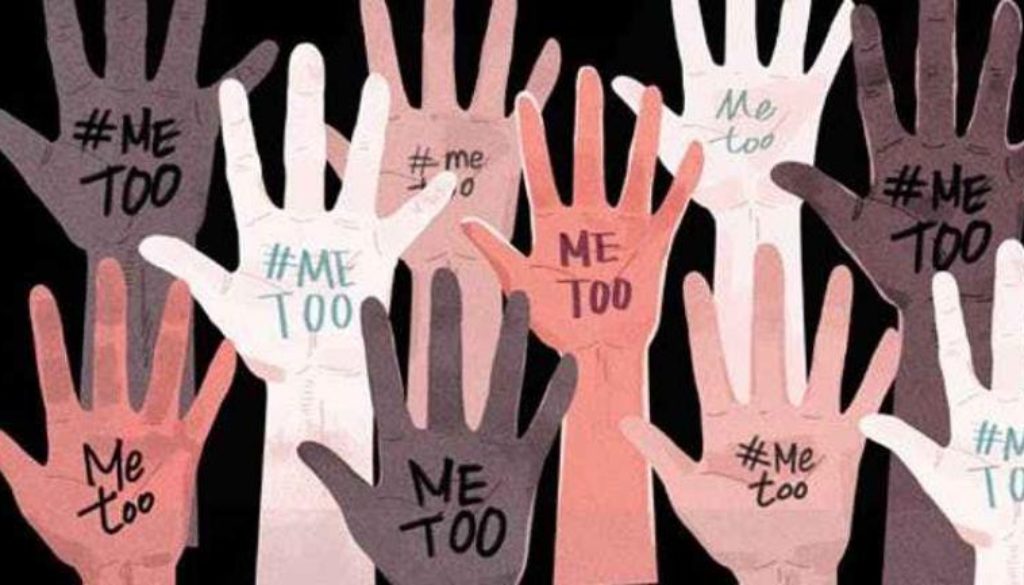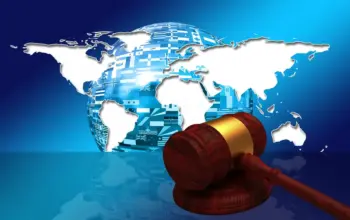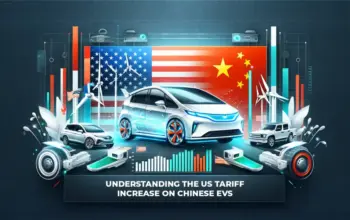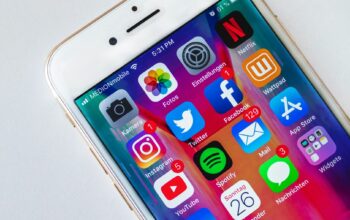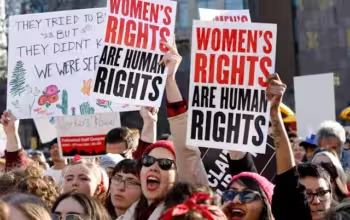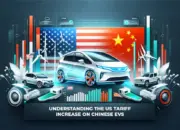Uzone.id — In 2017, the hashtag #MeToo went viral on social media. Millions of people around the globe shared their stories and the movement became a global call to action for women’s rights and justice.
Five years after the movement went viral, the #MeToo movement continues to echo across industries, communities, and social media platforms, as more and more people feel empowered to speak up.
#MeToo isn’t just a trend and didn’t just appear out of nowhere. This powerful movement was initially founded by activist Tarana Burke in 2006 to support survivors of sexual violence, particularly woman of color and girls from low-income communities.
Long story short, it was in 2017 when this movement went boom. Actress Alyssa Milano tweeted #MeToo in response to the growing allegations against Hollywood producer Harvey Weinstein.
Millions of women around the world began posting their stories online, sparking a flood of confessions and outrage. Suddenly, sexual harassment, which had often been dismissed or ignored, was in the spotlight.
The hashtag quickly gained popularity, encouraging survivors of sexual assault and harassment to share their own experiences–without being afraid of judgement.
Five Years Later: The Impact
Kvinna till Kvinna, an organization supporting women’s rights, stated: “#MeToo has sparked a worldwide shift in how we discuss sexual violence. Survivors are speaking out, and people are finally listening.”
The #MeToo hashtag became a moment for those who had been silenced for too long. From Hollywood to corporate boardrooms, and from schools to hospitals, survivors spoke out about the abuse they had faced, often at the hands of powerful individuals.
Five years after #MeToo went viral, the movement has brought attention to gender inequality, sexual violence, and harassment in the workplace, on the streets, and online. In fact, the hashtag not only exposed high-profile perpetrators but also became a power for people to speak up against abuse.
Women in Sweden, China, France, India, and South Korea are also using #MeToo to call out abuses in their own cultures. Especially in China, artist Li Xinmo initiated the hashtag #WoYeShi, which means #MeToo in Chinese.
Harvard Business Review stated that workplace complaints regarding harassment increased by 50 percent after the #MeToo movement started, and companies were forced to respond by reevaluating their policies.
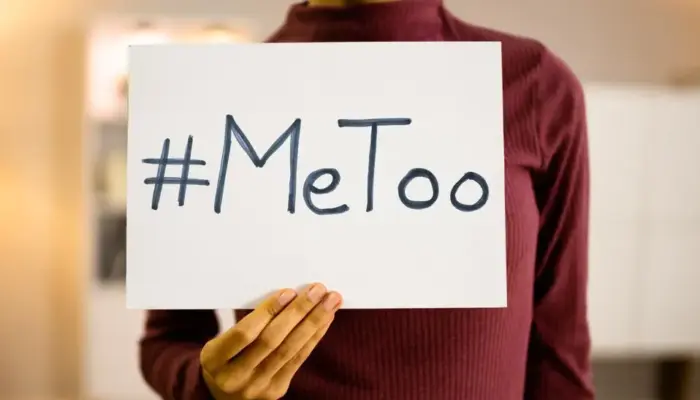
Breaking the Silence through a powerful act on social media
Women used to think that sharing their stories wouldn’t make a difference, but #MeToo changed that mindset. By speaking out together, survivors were able to create a solid force that could no longer be ignored–that could no longer make them alone.
Social media platforms like Twitter, Instagram, and TikTok have played a huge role in this powerful #MeToo movement, especially among Gen Z. By sharing stories, hashtags, and resources, young people have helped create communities that support survivors and educate others about the issue of sexual harassment.
Many people on TikTok have seen millions of views on #MeToo-related content, with users sharing personal stories, legal advice, and emotional support.
Gen Z is a leader of change
Gen Z has played a major role in pushing the #MeToo movement forward by using their social media platforms to discuss issues like toxic masculinity, rape culture, and consent. These brave young generations aren’t afraid to call out injustice, whether it’s in Hollywood or their high school classroom.
Through online activism, educational content, and global conversations, Gen Z is making sure that the movement remains alive and continues to challenge the systems that allow sexual harassment to persist.
PwC’s Global Workforce Hopes and Fears Survey highlighted that 70 percent of Gen Z employees now consider harassment and discrimination as a job deal-breaker when choosing a job.
The young and tech-savvy generation has brought fresh energy to the fight, creating safe spaces for dialogue and eagerly against old systems.
What’s Next for #MeToo?
Tarana Burke, the movement’s founder, said the next step is about “healing” and “building a future where survivors can thrive, not just survive.” It’s a reminder that #MeToo isn’t just about exposing abuse—it’s about creating a future where such abuse is no longer tolerated.
While the hashtag may not be trending as much as it did in 2017, the movement is far from over–even becoming more solid. Survivors continue to speak out, and new laws aimed at preventing workplace harassment and supporting survivors have been passed in countries around the world.
As Gen Z continues to use their voices, and people continue to speak up, we–as human beings are reminded that the fight for justice is far from over. It might start with a hashtag but, #MeToo is more powerful than that, it’s a call for a safer, more equitable world—for now and in the future. (Vina)

